FiberFix Repair Wrap – 100x Stronger Than Duct Tape!
If you’re aiming for the total repair of the toughest home and industrial fixes, you can never go wrong with FiberFix! It combines the ease of use of a regular duct tape and the toughness of special adhesive that will repair rubber, wood and other materials on tools that you usually use on heavy outdoor and industrial tasks.
Dip FiberFix in water, wrap it around whatever you need to fix, and it hardens like steel in about 10 minutes for a permanent repair. Each roll must be used once opened because even moisture in the air will begin to harden the adhesive.
FiberFix Repair Anything Anytime Anywhere!
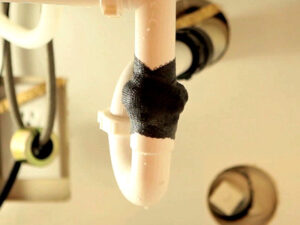
FiberFix Repair Leaky Pipes
Easily seal off water leaks in hoses or small pipes. FiberFix Repair Wrap is rated to hold 60 PSI of water pressure.
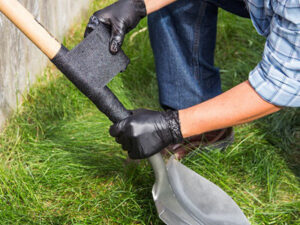
FiberFix Repair Broken Tools
FiberFix Repair Wrap can be used to permanently repair broken household and outdoor objects, including tools, tent poles, fishing rods, and similar objects.
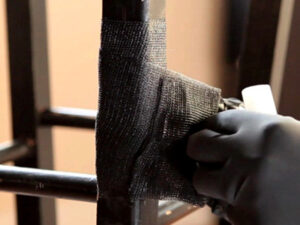
FiberFix Repair Broken Furniture
You can even sand and paint over the wrap when it is done setting.
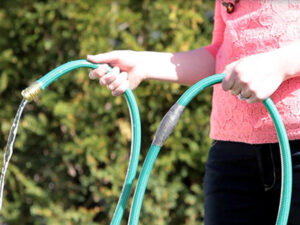
FiberFix Repair Much More
Repairs you never knew you could make are now possible with FiberFix.
Package Includes:
- 3 FiberFix 2″ x 40″ rolls
- 1 piece of sandpaper
- 3 vinyl strips
- 3 pairs of gloves
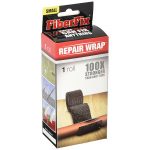

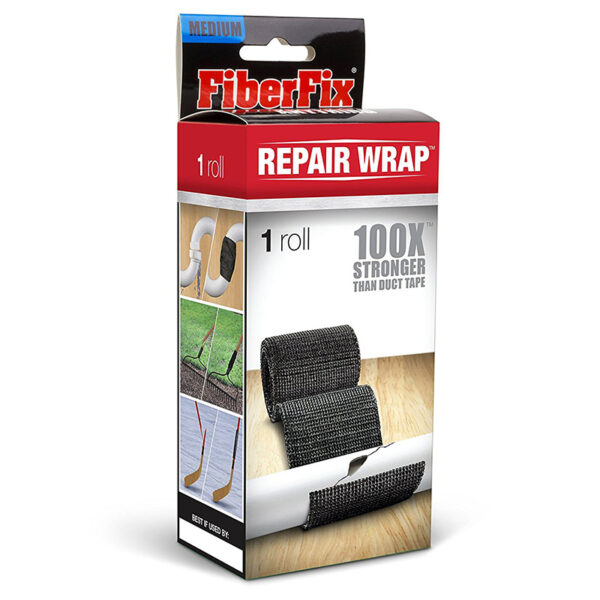
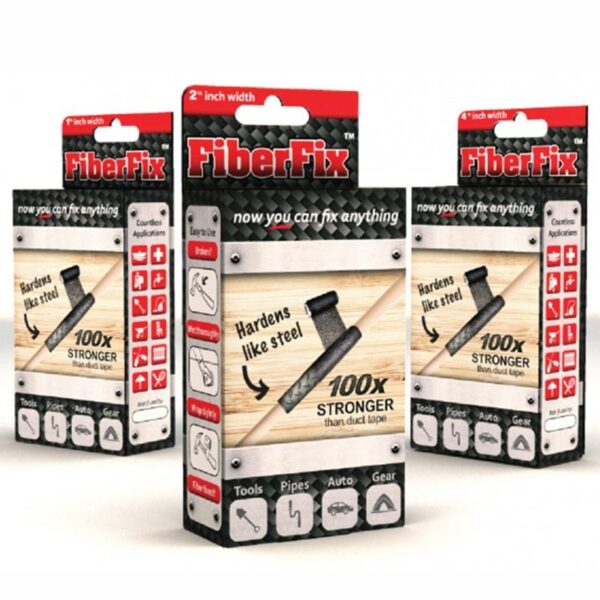
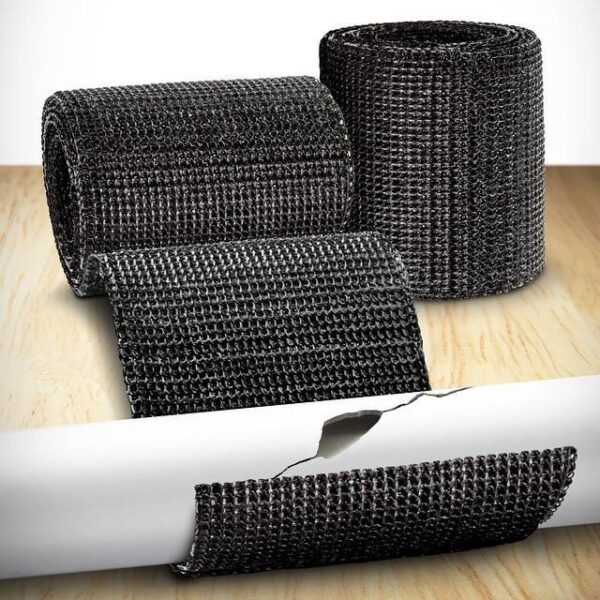
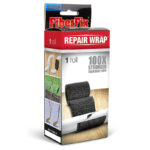
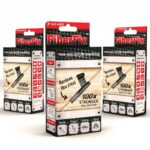
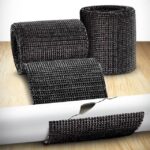
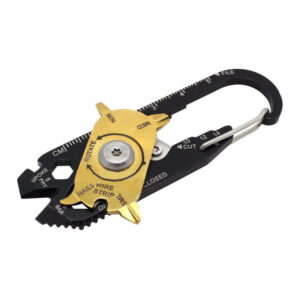
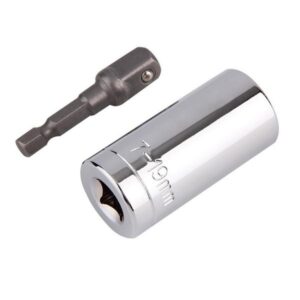
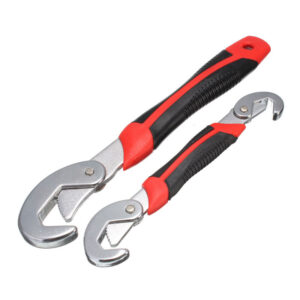
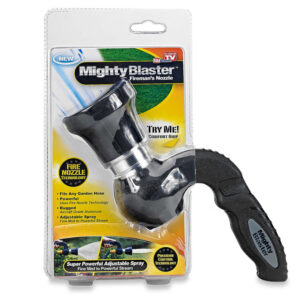
Reviews
There are no reviews yet.